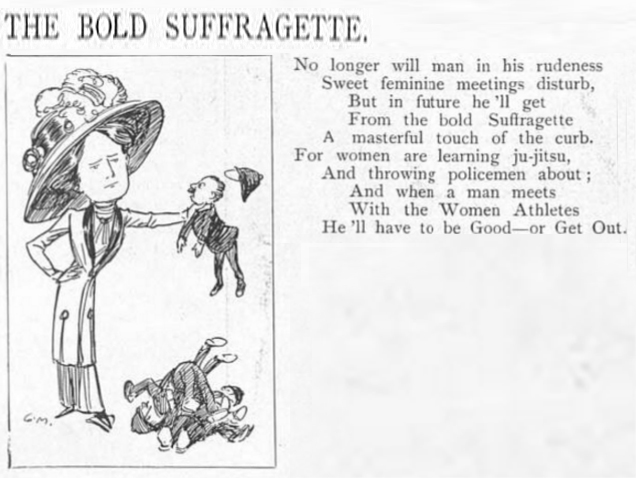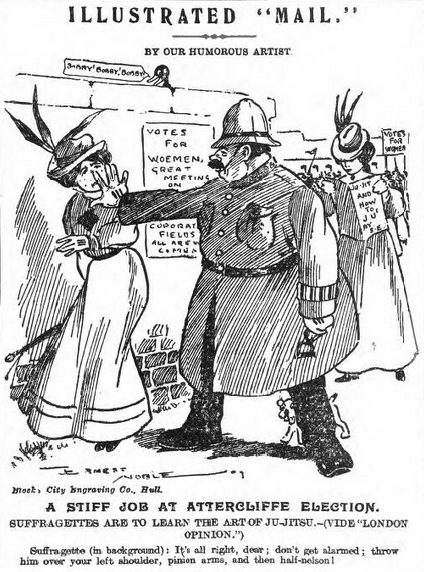This caricature of suffragette jujitsu trainer Edith Garrud, and accompanying poem titled “The Bold Suffragette”, first appeared in the Wednesday, 13 July 1910 edition of The Sketch.
From Humour
Is Etta Candy, Wonder Woman’s friend in the upcoming movie, a former suffragette?
If you’ll forgive us some speculation, we’d lay even odds that Wonder Woman’s right-hand-gal Etta Candy (Lucy Davis) will be revealed as having an action-packed past as a radical suffragette.
The character of Etta Candy was first introduced in 1942. A creation of Wonder Woman auteur William Moulton Marston, she was originally the confection-loving de facto leader of a group of spirited young sorority women known as the Holliday Girls, who frequently assisted Wonder Woman in her battles with Nazi spies and other WW2-era evildoers:
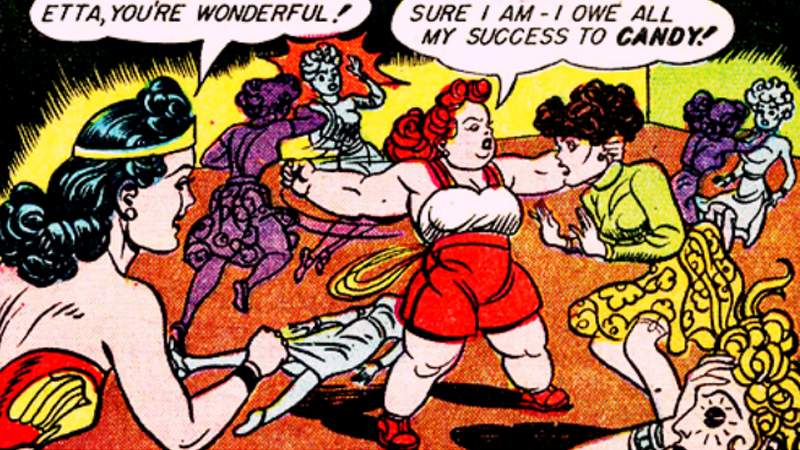
The upcoming Wonder Woman movie, however, takes the bold creative step of shifting WW’s “origin story” back a few decades, to the First World War. In this continuity, Etta Candy is fighter pilot Steve Trevor’s secretary; Trevor’s crash landing on the hidden Mediterranean island of Themyscira is, of course, how the Amazon princess who is to become Wonder Woman is first introduced to “Man’s World”.
Both of Etta’s brief appearances in the theatrical trailers released so far play to her traditional strengths as a feisty comic relief sidekick. In the first trailer she answers Wonder Woman’s question – “What is a secretary?” – by saying “I go where he tells me to go and I do what he tells me to do”. WW, clearly a little perturbed by this, replies “Well, where I’m from, that’s called slavery,” which deeply impresses Etta.
The second trailer features another comic coda in which Wonder Woman is trying on an elaborate early 20th century ensemble complete with a flowered hat and a voluminous skirt. She’s baffled as to how a woman is supposed to fight while thus encumbered; Etta replies that they mostly fight with their principles, but that she herself is “not opposed to engaging in a bit of fisticuffs, should the occasion arise.”

In a WW1 context, and given the fact that this incarnation of Etta Candy is English, it’s very easy to speculate that she may have been a suffragette before joining the armed services. With the outbreak of war, Women’s Social and Political Union leader Emmeline Pankhurst performed an abrupt political about-face; rather than fighting the government for the right to vote, she told her many followers, they must support King and country for the duration of the crisis.
This was a controversial move and some radical suffragettes refused to comply, but others agreed that “Votes for Women” would become meaningless if England itself fell to German aggression. In the Suffrajitsu graphic novels, protagonist Persephone Wright, formerly the leader of Mrs. Pankhurst’s covert security team, also joins the war effort:
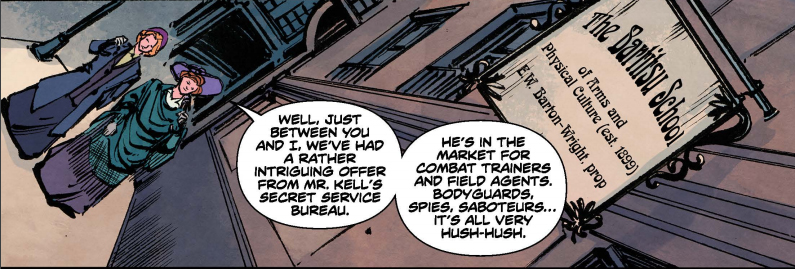
The movie version of Etta is a principled English feminist “not averse to fisticuffs”; here’s hoping that she’ll surprise (and delight) her audience by proving to be a suffragette action heroine in her own right.
Self-Defense for Flappers (1926)
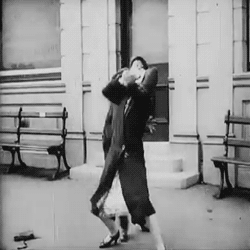
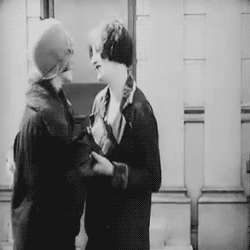
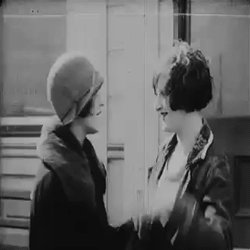
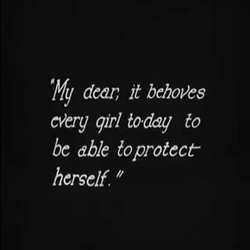
“Suffragettes Are to Learn the Art of Ju-jitsu” (1909)
When Edith Garrud began offering jujitsu classes to women’s rights activists, the press response was frequently one of bemusement, as seen in this Daily Mail cartoon from April of 1909.
As the radical suffrage movement became ever more militant, however, people soon stopped laughing at the notion of “jujitsuffragettes”.
“Miss Flora Copper”

This apparently homemade suffragette doll, probably dating to circa 1913, is part of the National Museum of Wales collection. Going by her name, Flora had no qualms about taking the fight for women’s rights literally; perhaps she was the original feminist action figure.
“Votes for Women!”
“Two positions of attack”
From Popular Mechanics Magazine, Vol. 10 Issues 1-12:

In one of the women’s fencing schools of Paris instruction in the art of attack and defense with foils has been discontinued and umbrellas instituted.
The first lesson the pupils learn in this up-to-date means of defense from attack on the streets is to baffle the watchfulness of the aggressor by skillful blows. The most simple and at the same time most effective, consists in applying a flat stroke of the umbrella upon his headgear. Surprised by this stroke and perhaps blinded by the rim of the hat, he has not the time nor the presence of mind to seize the umbrella. The lunges which follow such a blow are not only effective, but dangerous. The first is known as the “Hors de Combat” blow. Seizing her umbrella near the handle with one hand and near the point with the other and advancing a step with the body well forward, the point if well directed against the center of the aggressor’s neck will drop him to the ground senseless and probably badly hurt. The same blow aimed at the pit of the stomach will probably send the recipient to the hospital and perhaps cripple him for life.
